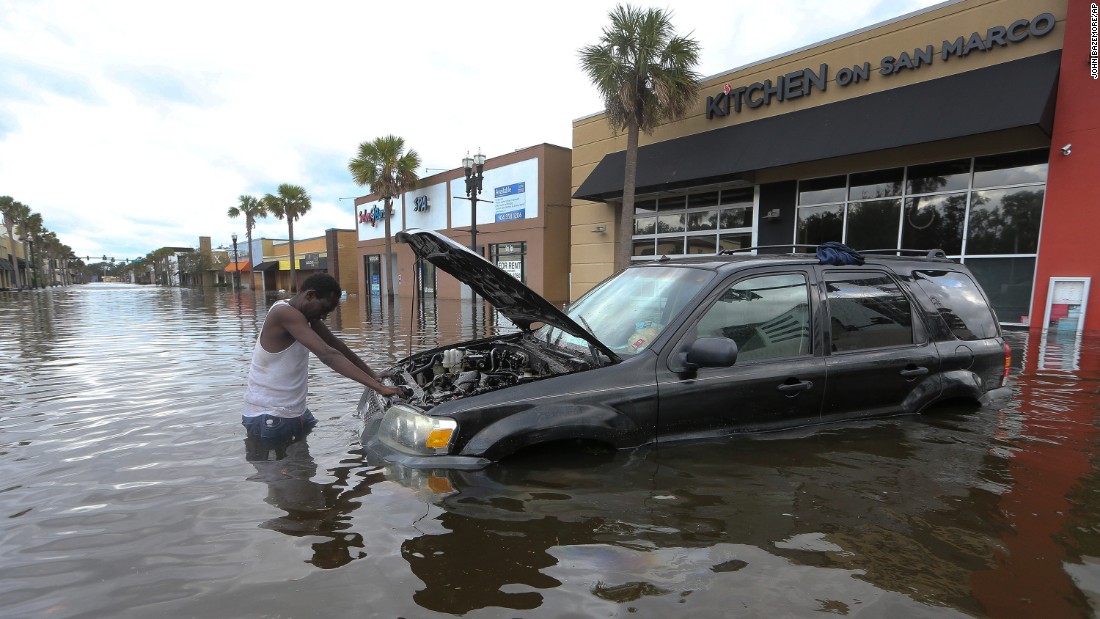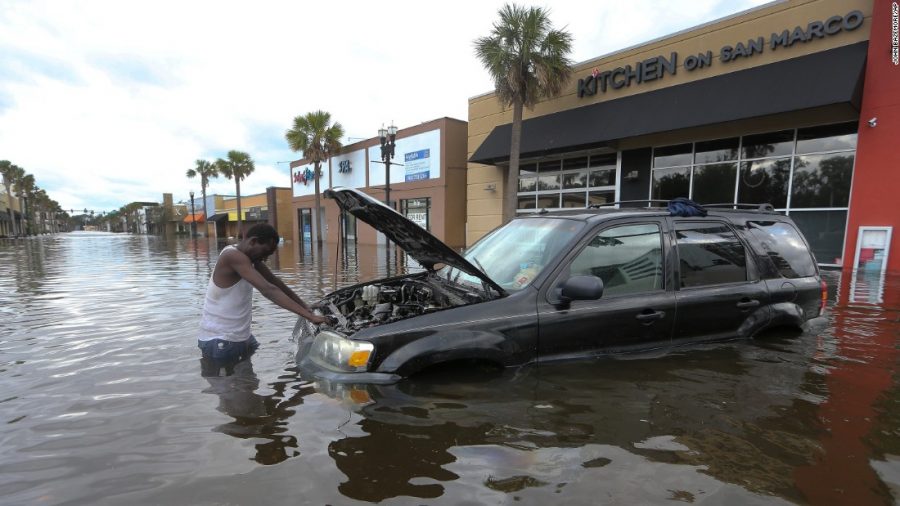On August 25, 2017, hurricane Harvey made landfall in Texas. It wreaked havoc on the state’s inhabitants, destroying homes, businesses and even roadways necessary for evacuation. Many people were stranded, stuck in their homes without food, water and electricity. The resulting damage was some of the largest that the country has ever seen. While Harvey was considered to be the largest storm ever to hit land in the US, Instead it was merely the first of a long chain of hurricanes and tropical storms that would continue to pummel the Gulf of Mexico throughout the late summer months. Following Harvey came Irma, Jose and Maria, all of which reached a category three or higher on the Saffir-Simpson Hurricane Wind Scale. This means that the winds were over 110 mph at one point throughout each of the storms. According to The New York Times writer Maggie Astor, “Only five other seasons since 1995 have had that many by September 18.” But why have so many large storms been popping up in these recent months? The simple answer may be global warming.
For years, earth’s climate has been gradually getting warmer, and the ice caps are not the only natural force being affected by global warming. New research published by NASA has revealed that storms, hurricanes and typhoons may become more intense as the earth gets warmer. The main reason for this is the steadily decreasing difference in temperature between the poles and the equator. The heating of the poles is raising the sea levels which means that water levels are getting higher all over the world. In the places with warmer temperatures, the water is evaporating quicker. Warm temperatures and more water vapor in the air act as causalities for the increase in more powerful storms because they act as fuel, which generates more fierce storms.
Research scientist at NASA’s Goddard Institute for Space Studies George Tselioudis says, “If we are creating an atmosphere more loaded with humidity, any storm that does develop has greater potential to develop into an intense storm.” The higher temperature will also heat the waters farther north and south of the equator, effectively expanding the reach of the hurricane. The main reason that many hurricanes stop before reaching us here in Connecticut is because of the colder water in our oceans. The warming waters would allow more storms to reach us. But storms aren’t the only thing that should be concerning.

Although the large tropical storms may be the main focus of residents on the Caribbean islands, the aftermath may be the focus for inhabitants of the mainland. The first and most obvious event that follows a hurricane is flooding. Because of the excess amount of rainfall, many towns experience overflow of rivers, roads and bigger bodies of water, flooding houses and small neighborhoods.
While one side of the world is experiencing storms and floods, the other may be experiencing something completely different, droughts. The increased temperatures around the world have already begun to trigger prolonged droughts in areas with arid climates. California is still currently dealing with one that has spanned years. Although the droughts and hurricanes may seem like polar opposites, they stem from the same source. “Increased humidity could be causing increasingly intense cycles of droughts and floods as more of a region’s precipitation falls in a single large storm rather than a series of small ones,” explains Tselioudis.
Global warming is a continuing problem for everyone around the world, specifically people living around the equator. But to many there are unseen dangers of global warming. The rise in the earth’s temperature causes faster, stronger and more intense hurricanes.In addition, the water will become warmer north and south of the equator, allowing hurricanes to have a greater reach over the world. The aftermath of these hurricanes will be more intense overall. Floods and droughts will become more common as storms become more frequent and fierce. Climate change is inevitable and already here. What are we doing to protect our citizens against it?











